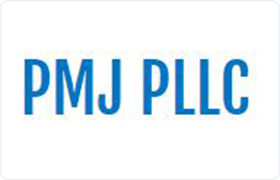Spillertown Bankruptcy & Debt Lawyer, Illinois
Sponsored Law Firm
-
 x
x

Click For More Info:
-
PMJ PLLC
100 S State St Chicago, IL 60603» view mapBankruptcy & Debt Working Relentlessly For You
Patrick is the Founder of PMJ PLLC and has more than 20 years of experience.
800-901-4721
Dale J. Aschemann
Civil Rights, Business, Bankruptcy, Accident & Injury
Status: In Good Standing Licensed: 25 Years
Larry Edward Lauterjung
Child Custody, Criminal, Bankruptcy, Bankruptcy & Debt
Status: In Good Standing
Frances E Salimi
Estate Planning, Family Law, Civil Rights, Bankruptcy
Status: In Good Standing Licensed: 28 Years
 Patrick Jones Chicago, IL
Patrick Jones Chicago, IL Practice AreasExpertise
Practice AreasExpertise

